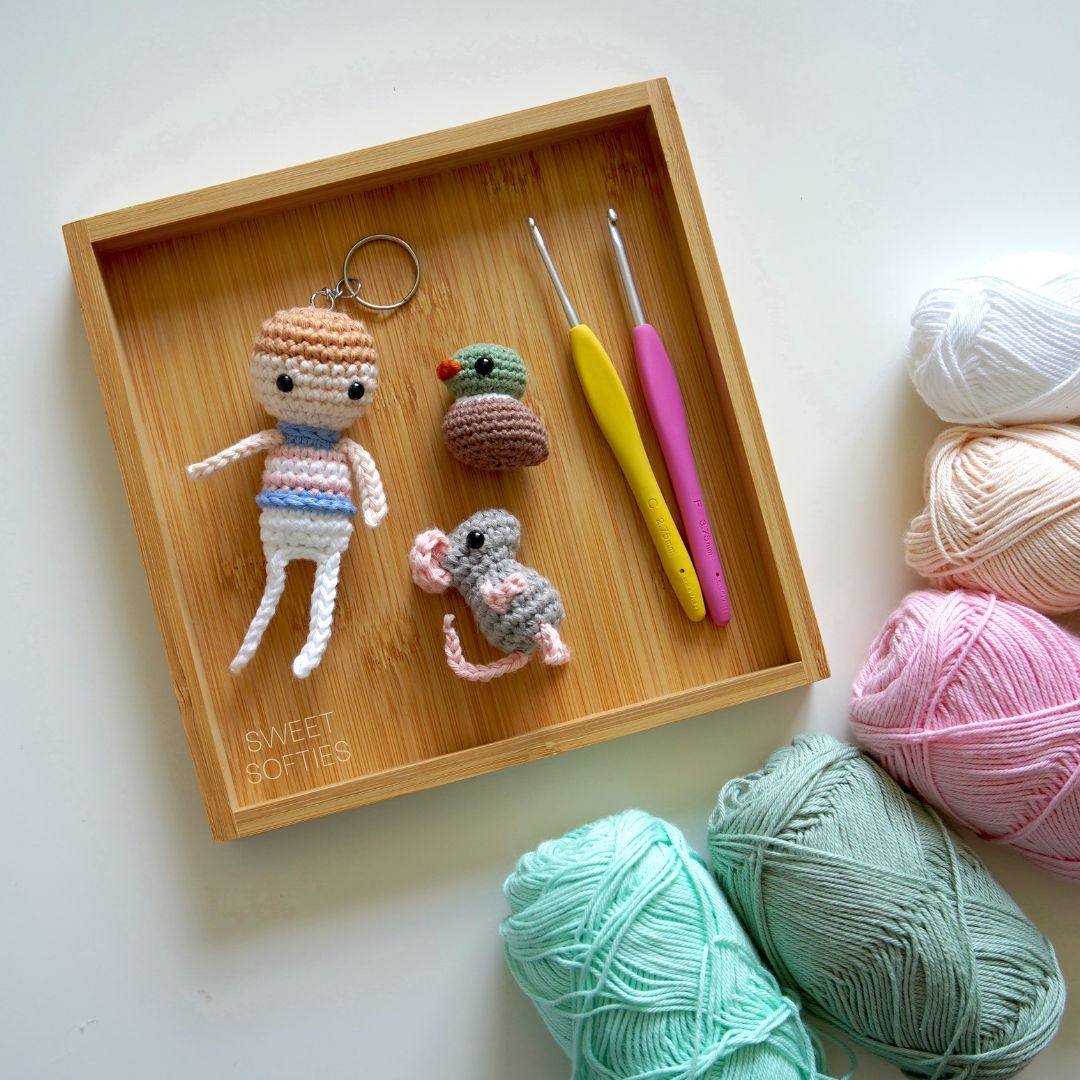For a child to be truly successful in the world today, it is important for them to know about other cultures and countries from around the world. One way to go about it is by teaching them slowly region by region. In this article, we'll show you different information to teach your child about Central America.

If your child is interested in learning more about the food of Central America, here are some facts that they may find interesting:
The landforms of Central America are as varied as its people and cultures. From the high mountains of Honduras to the lowlands of Panama, there is a great diversity of topography in this region. And each landform has its own unique story to tell.
A way to teach the landforms of Central America to your child is by using a map. Look at a map of the region and point out each landform to your child. Everything you need to know about Central America's landforms will be on that map. Talk about how they were formed, what they are made of, and what animals or plants you might find there.
You can also use books or movies set in Central America to help bring the landforms to life for your child.
One of the most popular genres in Central America is reggaeton. This style of music originated in Puerto Rico and has since spread throughout the region. Reggaeton typically features Latin American hip-hop and reggae influences and is sure to get your child moving and grooving.
Other popular genres include cumbia, bachata, and merengue. Cumbia is a type of folkloric music that originated in Colombia, while bachata is a romantic style of music from the Dominican Republic. Merengue is another upbeat genre that originates from Haiti.

The Panamanian hat is another piece of clothing that is associated with Central America. These hats are made from the leaves of a type of palm tree and are traditionally worn by men. They are often used to protect against the sun or rain.
Carnival: A pre-Lenten festival that is celebrated in many countries throughout Central America. It typically features parades, costumes, music, and dancing.
Easter: One of the most important religious holidays in the region. Many people partake in Good Friday processions and masses. Easter Sunday is also a big day for family gatherings and feasts.
Christmas: The holiday season is a special time in Central America. Many homes are decorated with Nativity scenes and Christmas lights. Families come together to enjoy traditional meals and exchange gifts.
The rainy season typically runs from May to November, while the dry season typically runs from December to April. During the rainy season, thunderstorms and hurricanes are common occurrences. Central America is also located in an area known as the "hurricane belt," which means that it is particularly vulnerable to these types of storms.
There are so many interesting facts about Central America that it would be impossible to cover them all in one article. However, this is a good starting point for teaching your child about this amazing region of the world. From the stunning natural scenery to the rich culture and history, there is so much to explore in Central America.
Food
There is a lot of interesting food in Central America. For example, did you know that in Belize they eat a lot of rice and beans? And in Guatemala, they have a dish called pepián that is made with chicken, pork, or beef and has a really tasty sauce!If your child is interested in learning more about the food of Central America, here are some facts that they may find interesting:
- In Nicaragua, one of the most popular dishes is gallo pinto which is made of beans and rice.
- A popular dish in El Salvador is pupusas which are like little flatbreads filled with cheese, meat, or veggies.
- Honduras is known for its baleadas which are tortillas filled with refried beans, cheese, and often other toppings like avocado or sour cream.
- Costa Rican food is typically very healthy and includes lots of fruits and vegetables.
- Panama's national dish is sancocho which is a soup made with chicken or beef, yuca, which is a type of root vegetable, plantains, and corn.
Landforms
You might think of the sandy beaches of Mexico, the jungles of Costa Rica, or the volcanoes of Guatemala when you think about Central America's landforms, but there is so much more to this region!The landforms of Central America are as varied as its people and cultures. From the high mountains of Honduras to the lowlands of Panama, there is a great diversity of topography in this region. And each landform has its own unique story to tell.
A way to teach the landforms of Central America to your child is by using a map. Look at a map of the region and point out each landform to your child. Everything you need to know about Central America's landforms will be on that map. Talk about how they were formed, what they are made of, and what animals or plants you might find there.
You can also use books or movies set in Central America to help bring the landforms to life for your child.
Music
Central America is home to a wide variety of musical styles and genres. From the traditional mariachi music of Mexico to the upbeat salsa tunes of Cuba, there is something for everyone to enjoy.One of the most popular genres in Central America is reggaeton. This style of music originated in Puerto Rico and has since spread throughout the region. Reggaeton typically features Latin American hip-hop and reggae influences and is sure to get your child moving and grooving.
Other popular genres include cumbia, bachata, and merengue. Cumbia is a type of folkloric music that originated in Colombia, while bachata is a romantic style of music from the Dominican Republic. Merengue is another upbeat genre that originates from Haiti.
Clothing
There is a lot of interesting clothing worn in Central America. The Maya people have beautiful hand-woven fabrics that they use for their traditional clothing. The colors and patterns are very unique and can tell a story about the person wearing them. The women often wear long skirts and colorful blouses, while the men wear loose-fitting pants and shirts.The Panamanian hat is another piece of clothing that is associated with Central America. These hats are made from the leaves of a type of palm tree and are traditionally worn by men. They are often used to protect against the sun or rain.
Celebrations
In Central America, there are many different types of celebrations. Some of the most popular celebrations include:Carnival: A pre-Lenten festival that is celebrated in many countries throughout Central America. It typically features parades, costumes, music, and dancing.
Easter: One of the most important religious holidays in the region. Many people partake in Good Friday processions and masses. Easter Sunday is also a big day for family gatherings and feasts.
Christmas: The holiday season is a special time in Central America. Many homes are decorated with Nativity scenes and Christmas lights. Families come together to enjoy traditional meals and exchange gifts.
Weather
The weather in Central America is tropical, which means it is hot and humid all year round. There are two main seasons in Central America: the rainy season and the dry season.The rainy season typically runs from May to November, while the dry season typically runs from December to April. During the rainy season, thunderstorms and hurricanes are common occurrences. Central America is also located in an area known as the "hurricane belt," which means that it is particularly vulnerable to these types of storms.
There are so many interesting facts about Central America that it would be impossible to cover them all in one article. However, this is a good starting point for teaching your child about this amazing region of the world. From the stunning natural scenery to the rich culture and history, there is so much to explore in Central America.






.jpg)

.jpg)




